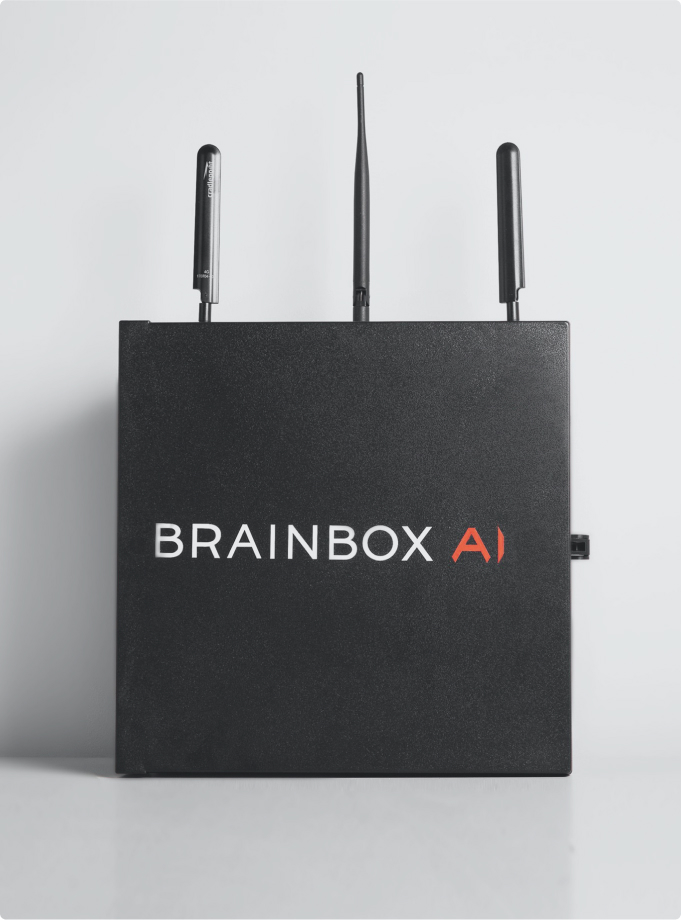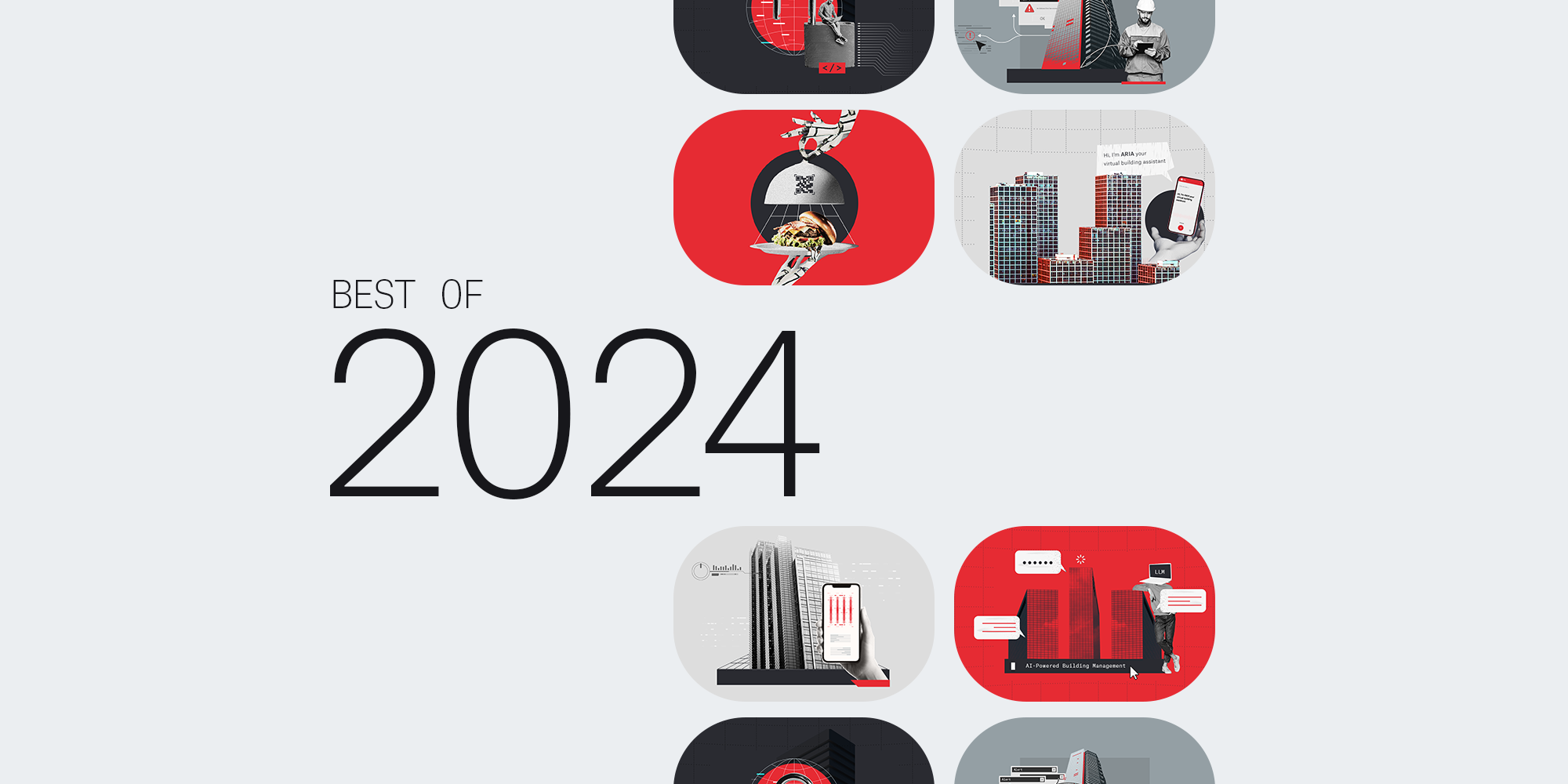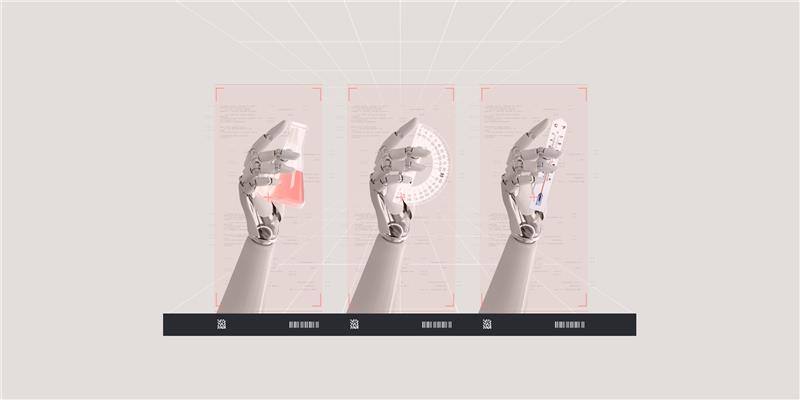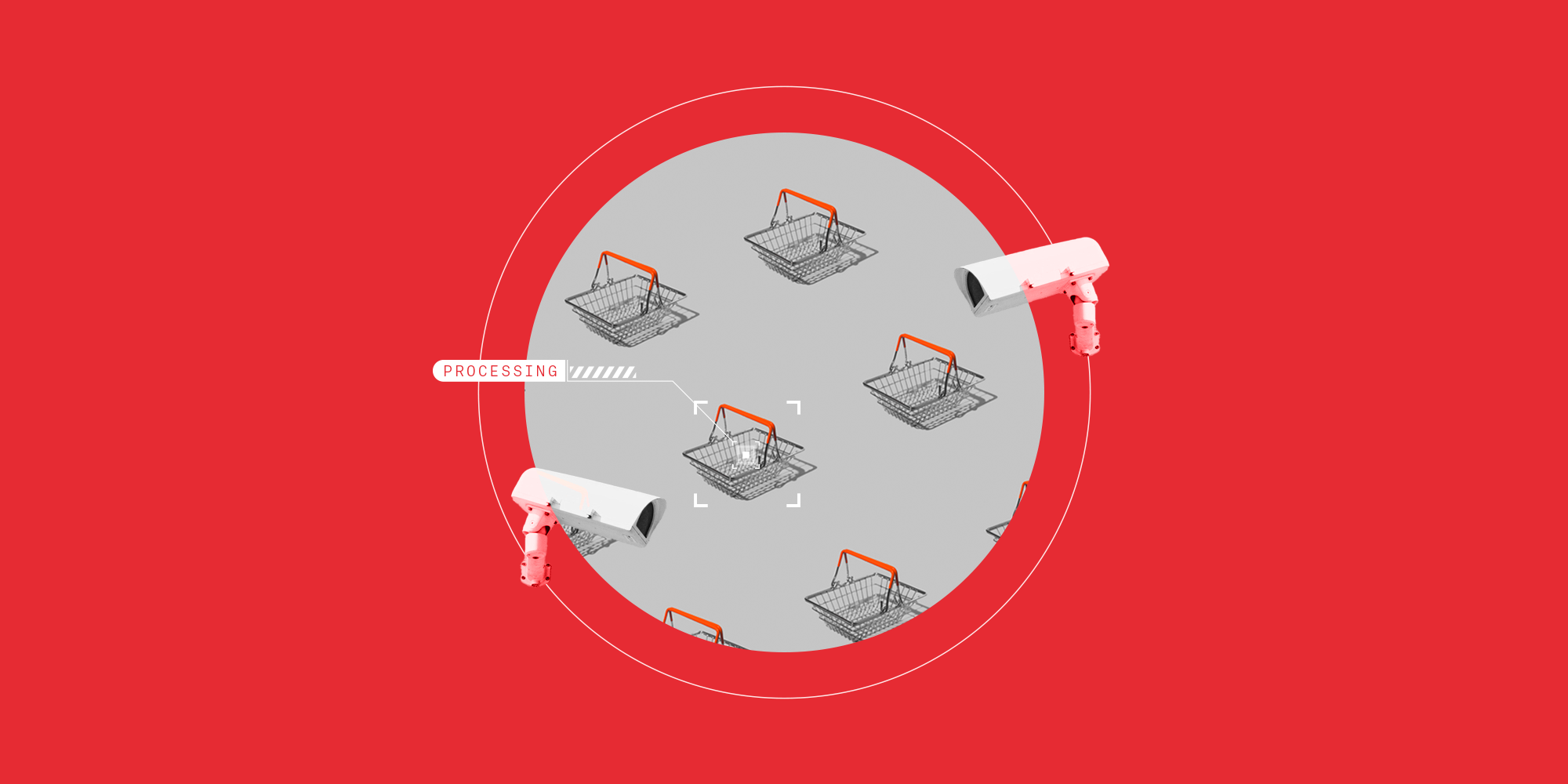AI for climate action: How tech advances Global Cooling Pledge goals

Key takeaways
- We are increasingly relying on cooling systems as global temperatures climb
- However, cooling contributes significantly to global warming.
- In the Global Cooling Pledge, over 60 countries have committed to cutting cooling emissions significantly by 2050.
- AI is a key tool in enhancing cooling system efficiency, thanks to its scalability and rapid adaptability.
Author
Sam Ramadori
The Global Cooling Pledge, unveiled at the COP28 summit in Dubai, marks a significant advancement in the battle against climate change. However, realizing its 2050 targets will require collective effort and the rapid adoption of artificial intelligence technologies.
Cooling in a warming world: A dangerous paradox
Cooling: Can’t live with its emissions, can’t live without it. The latter was evident this past summer, the hottest recorded since 1880. But the irony is that the very thing that’s keeping us cool is also what's rapidly warming our planet.
In fact, space cooling is one of the world’s most energy-hungry, emissions-intensive activities, accounting for over 7% of global greenhouse gas emissions (GHGs). The emissions from non-CO2 gases, such as HFCs, are particularly alarming, possessing up to 9,000 times more warming potential than CO2. Stemming from this is the substantial, but frequently ignored, issue of refrigerant leakage. To give you an idea, the typical supermarket refrigeration system can have an annual leakage rate that's as high as 25%.
Yet, as the Earth’s temperatures rise, so does our reliance on cooling, intensifying the very issue it aims to mitigate - and presenting a paradox that requires a concerted global effort to resolve.
Aircon: The mounting challenge
This situation is set to become increasingly critical. By 2030, we can anticipate a 20% increase in the built environment, leading to a significant rise in cooling needs. Moreover, the ownership of air conditioning units is projected to triple by 2050, potentially releasing between 4.4 and 6.1 billion metric tons of CO2 equivalent.
This is bad. But what are we to do when cooling has literally become a lifeline? According to SEforALL, over 1 billion individuals are at severe risk from extreme heat, primarily due to insufficient cooling. This poses a real threat not only to vulnerable populations but also to the proper preservation of our food, the safe storage of our vaccines, and the productivity of our employees. The solution, then, isn't to decrease the number of cooling units in the world, but to enhance their efficiency and sustainability.
Tackling GHG emissions head-on: the Global Cooling Pledge
This is primarily what prompted the introduction of the Global Cooling Pledge. The pledge marks the first global concerted effort to address the climate-warming emissions caused by cooling systems, encompassing air conditioning as well as refrigeration for food and medical supplies.
Its reception has been overwhelmingly favorable. To date, over 60 countries, including major players like the US and Canada, have pledged to cut their emissions related to cooling in all sectors by a minimum of 68% worldwide by the year 2050.
Sustainable cooling: A hot topic
Make no mistake, there's been a significant improvement in the efficiency of cooling equipment over the past decade, as seen in the advancements in standards, equipment, and best practices for building energy efficiency. Yet, to achieve our environmental objectives, the rate of these improvements has to triple by 2030.
Of course, we can implement policies to guarantee that all new air conditioning systems meet or surpass certain energy efficiency standards. However, we're still faced with the problem of dealing with the current, less efficient models. Proper disposal of these units is a challenge, especially considering that about 90% of greenhouse gas emissions from refrigerants are due to leaks at the end of their lifecycle.
So, we’re stuck grappling with a generation of inefficient cooling systems that not only burden our energy resources but also increase operational costs and emissions. The solution seems clear: we must enhance the efficiency of our existing systems, ensuring they are well-maintained to prevent leakages that lead to high emissions. We also need to adapt these systems to be more compatible with renewable energy sources and lower global warming potential (GWP) refrigerants.
AI: Bridging the gap in cooling efficiency
Leveraging AI stands out as one of the most effective solutions to these challenges. That’s because AI is a remarkably versatile tool for enhancing the efficiency and sustainability of current cooling systems. It's capable of detecting and predicting refrigerant leaks, optimizing cooling systems on the fly, integrating with renewable energy sources, managing demand response, and improving building energy management.
Industry leaders like Google are already on board with using AI for sustainable cooling, as seen with the application of DeepMind AI in their data centers, resulting in notable reductions in energy consumption for cooling. Smaller entities, such as Canadian retailers Sleep Country and Sail, are utilizing advanced machine-learning algorithms to boost the efficiency of their HVAC systems. This harnesses AI's predictive capabilities and automation to minimize energy usage while ensuring peak performance.
The scalability of this AI technology, combined with its adaptability and compatibility with existing systems, suggests it could effectively bridge the gap between older cooling systems and newer, more costly, sustainable options.
The impact of AI: Real world, real cool
And a solution that’s both adaptable and rapidly scalable is precisely what we need to address growing cooling demands in an increasingly warm world. The versatility and strength of AI provide a route to revolutionize current cooling systems, enhancing their efficiency and adaptability to bridge the divide between older, less energy-efficient systems and those built to newer standards.
What’s more, the cost-efficiency and flexibility of AI place it at the forefront of making sustainable cooling widely accessible. This is why its deployment represents a timely, attainable, and pragmatic approach to advance sustainable cooling practices - and plays a vital role in realizing the promises made in the Global Cooling Pledge.
Curious to see how you can join the sustainable cooling movement?














